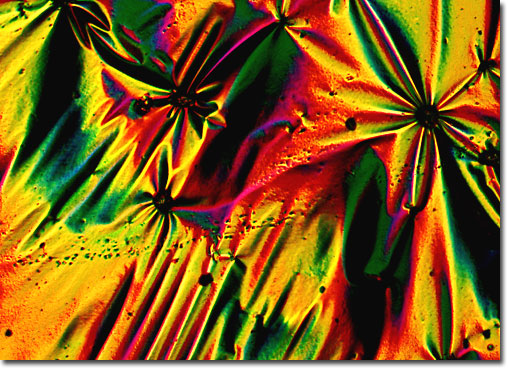|
The earliest known knives were simple instruments constructed from flint, obsidian, bones, or similar materials. Sharp cutting edges were usually formed by chipping the object or repeatedly rubbing it against a rock, a technique that is still utilized in some cultures today. As early as 1500 BC, knife blades were forged from bronze in China and various other countries. Over time, other metals became the preferred material for cutting instruments, and most modern knives are composed of some form of rustproof steel. A wide variety of knife types has also developed over the course of history, ranging from relatively dull table versions to extremely sharp, heavily serrated hunting knives that can be used to dress large game.
|
